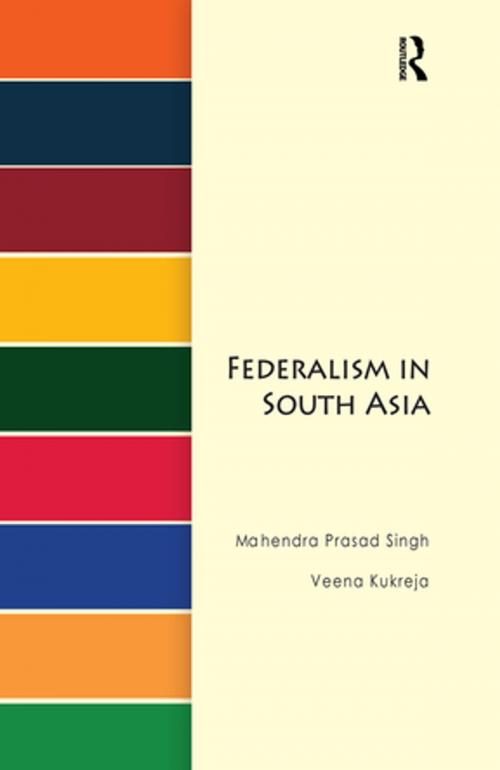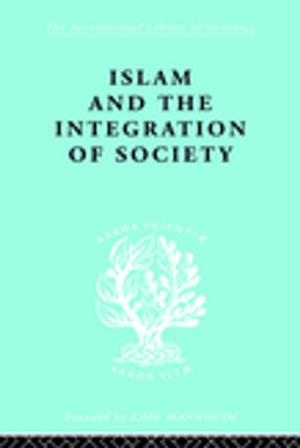Federalism in South Asia
Nonfiction, Social & Cultural Studies, Political Science, Government, Public Policy, International, International Relations| Author: | Mahendra Prasad Singh, Veena Kukreja | ISBN: | 9781317559726 |
| Publisher: | Taylor and Francis | Publication: | August 7, 2014 |
| Imprint: | Routledge India | Language: | English |
| Author: | Mahendra Prasad Singh, Veena Kukreja |
| ISBN: | 9781317559726 |
| Publisher: | Taylor and Francis |
| Publication: | August 7, 2014 |
| Imprint: | Routledge India |
| Language: | English |
This book is one of the first in-depth and systematic studies on the functioning and aspiring federations of South Asia. It examines how federal dynamics in India, Pakistan, Nepal, and Sri Lanka are impinged on by the nature of their specific constitutions; their societal, political and cultural fabrics; composition of power elites and ruling classes; structures of political economy and market; electoral and party systems; mass media; and information technology.
The authors offer a comparative, analytical, conceptual, and theoretical framework to understand patterns and trends as also experiences of and possibilities for federalism in South Asia. They highlight divergences and similarities, successes and key challenges, while indicating federalism’s wider regional relevance in the discourse on democracy and governance. The book concludes that the multicultural character of these societies — beset with ethnic and regional conflicts, separatist and military undercurrents — makes federal political solutions the only viable route.
Providing a wealth of material, this will deeply interest scholars, students and teachers of comparative politics, political science, federal studies, area studies as well as those interested in political structures and processes in South Asia.
This book is one of the first in-depth and systematic studies on the functioning and aspiring federations of South Asia. It examines how federal dynamics in India, Pakistan, Nepal, and Sri Lanka are impinged on by the nature of their specific constitutions; their societal, political and cultural fabrics; composition of power elites and ruling classes; structures of political economy and market; electoral and party systems; mass media; and information technology.
The authors offer a comparative, analytical, conceptual, and theoretical framework to understand patterns and trends as also experiences of and possibilities for federalism in South Asia. They highlight divergences and similarities, successes and key challenges, while indicating federalism’s wider regional relevance in the discourse on democracy and governance. The book concludes that the multicultural character of these societies — beset with ethnic and regional conflicts, separatist and military undercurrents — makes federal political solutions the only viable route.
Providing a wealth of material, this will deeply interest scholars, students and teachers of comparative politics, political science, federal studies, area studies as well as those interested in political structures and processes in South Asia.















